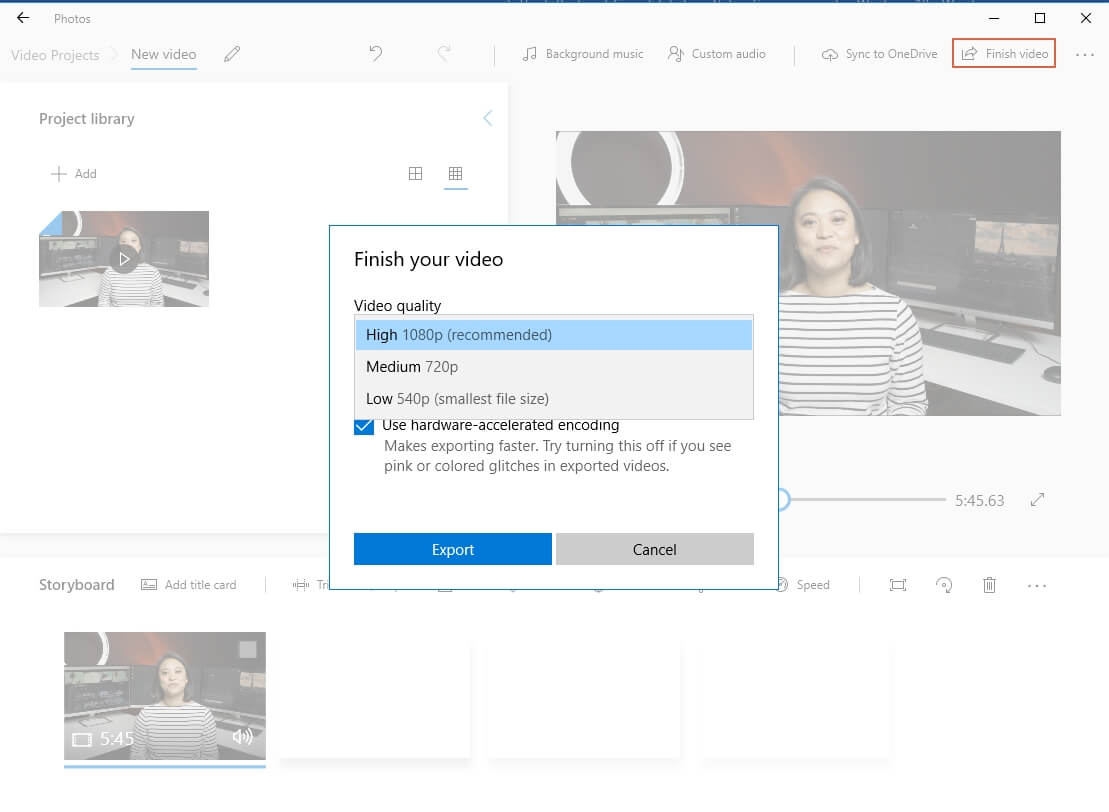

First select your excel chart or object, then hit the Drawing Tools Format tab, select Group and then Ungroup. If you have embedded objects like Excel charts, converting them into images can help reduce your file size.
HOW TO COMPRESS PICTURES ON A PPT MAC 720P
Compressing media to 720p HD reduced the file size to 11MB, while optimising media files reduced the file size to 12MB – both methods reduced the file size to a quarter of the original. Fortunately, this option also allows you to compress a single media file or all media files in your slideshow.įor example, I used both methods to compress a 19-slide (2.5 minute) video that included animation, background music, voice over, and subtitles (total size 44MB). You’ll be offered pre-set quality numbers and shown if there are any trimmed or cropped areas in your video or audio. The easiest way is to hit the ‘File’ tab, then ‘Info’, and then in the Multimedia (or Media Size and Performance) select ‘Compress media’.

Unfortunately, unlike images, there is no compress video or audio tab. To do this, hit ‘File, then ‘Options’, then ‘Advanced’, and in the list of ‘Image Size and Quality’ choose the file on which you want to limit image compression, and ensure you’ve unchecked ‘Do not compress images in file’ and choose from the default resolutions. This means every image you import into your slideshow will be automatically compressed to the resolution you set. Checking ‘Delete cropped areas of pictures’ when compressing all images will create individual copies for each image, which could take up more memory.Ĭompressing images can also be done prior to designing. You can also delete crops on images from ‘Compress Pictures’ however, be wary of any image that you’ve cropped and then copied. Remember, print should be at least 300 ppi and web should be at least 180 ppi (which is minimum for retina display on most smartphones). PowerPoint then offers a range of resolutions depending on your required fidelity. Hit the ‘Picture Format’ tab, then ‘Compress Pictures’, and then choose either a single image by checking ‘Apply only to this picture’ or all images within the PowerPoint (by unchecking ‘Apply only to this picture’. You can also compress images while working in PowerPoint. From here, you can reopen images in a different program for editing or compression. This will show you all the media used within the PowerPoint file. Which leads us into the next option…įollowing on the previous steps, open your zipped folder and you’ll see three file folders: _rels, docProps, and ppt. While this hasn’t reduced the file size, it does give you access to various options for compressing or editing elements within your PowerPoint. Are you sure you want to change it?” Hit ‘Yes’ and your file will become a compressed/zipped folder. Your computer will then warn: “If you change a filename extension, the file might become unusable. Once you’ve saved your slideshow (and potentially a second copy, just in case) change the extension from. Let’s look at five easy methods for compressing the size of your PowerPoint file and hopefully make things easier for presentation.ġ. Since large file sizes can impact how your PowerPoint is read on other devices or displayed onscreen, it’s important to keep sizes as small as possible, particularly when you intend to share or present your PowerPoint to others. With its multimedia capabilities, PowerPoint files can blow out to massive sizes if you’re not careful.


 0 kommentar(er)
0 kommentar(er)
